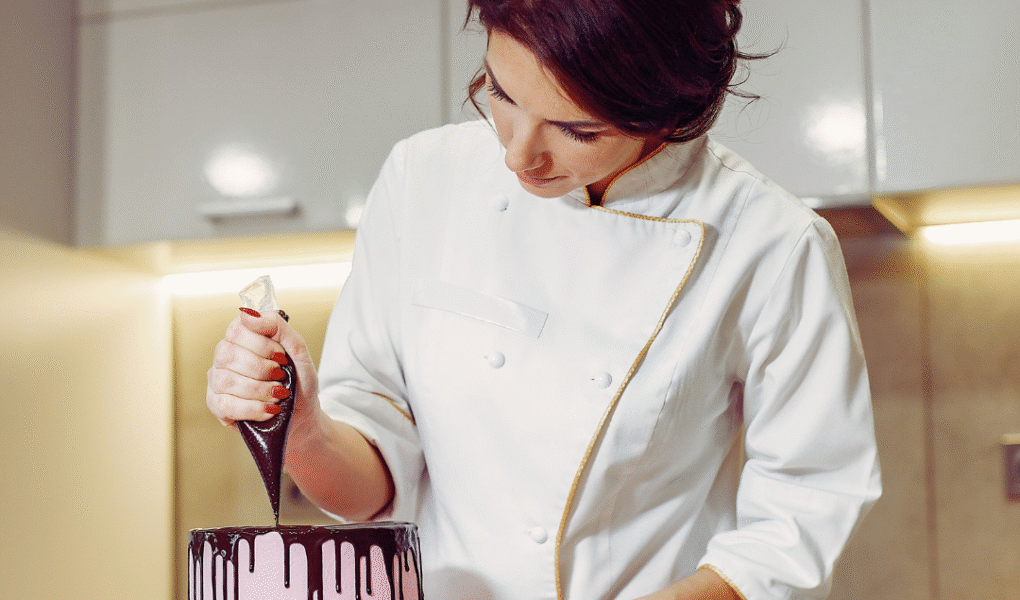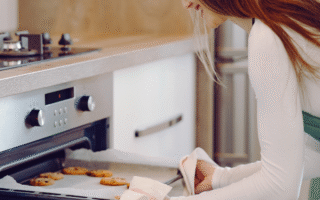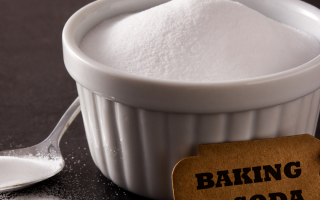For those starting their journey into cake decorating, the process can seem daunting. Fear not, as mastering the art of cake decoration is within reach. Simple techniques like using a turntable, choosing the right tools, and practicing basic piping will elevate any beginner’s skills quickly and effectively.
With just a few key tips, anyone can transform a simple cake into a stunning centerpiece. Understanding the importance of texture, color, and balance can enhance both the appearance and appeal of cakes. The right approach can lead to beautiful results that impress friends and family alike.
Embracing creativity while incorporating these foundational tips will unlock a world of possibilities in cake decorating. The excitement of seeing a decorated cake come to life can inspire ongoing exploration and improvement in this delightful craft.
Essential Tools and Ingredients for Cake Decorating
Having the right tools and ingredients is critical for anyone starting in cake decorating. These essentials enable creativity and precision, ensuring that cakes not only taste delicious but also look appealing.
Basic Cake Decorating Tools
A few essential tools can make a significant difference in the cake decorating process. A good quality offset spatula is perfect for spreading frosting and creating smooth surfaces. A turntable allows for easier access to all sides of the cake, making decoration streamlined.
Piping bags are crucial for decorating with precision, and using a plastic coupler allows for quick changes between different piping tips without needing to switch bags.
Including various piping nozzles, such as the star tip and round tip, provides versatility. The star tip creates beautifully textured designs like rosettes, while the round tip is ideal for writing and detailed work.
Choosing the Right Ingredients
Quality ingredients play a vital role in cake decorating. The choice of frosting impacts both flavor and ease of application. Buttercream is popular for its taste and smoothness, while fondant offers a sleek, polished finish.
It’s essential to select ingredients based on the desired outcome. For example, sprinkles add fun and color, while chocolate ganache creates an elegant look.
Always ensure the freshness of all ingredients, as this affects flavor and texture. Properly measuring ingredients is crucial for consistency, especially when making frosting or cake batters that require specific ratios.
Popular Decorating Tips and Nozzles
Familiarity with various piping tips can enhance decorating skills significantly. The open star tip is favored for creating stars and rosettes, adding texture and dimension to cakes.
Using different colors in frosting can make a visually striking design. When decorating, consider starting from the bottom and working upwards, which creates a polished look.
To make decorating easier, practice on parchment paper before applying designs directly to the cake. Experimenting with different techniques and patterns can lead to unique creations that showcase the decorator’s style.
Fundamental Cake Decorating Techniques
A strong foundation in cake decorating involves mastering essential techniques. Understanding the crumb coat, basic piping skills, and the use of food coloring are crucial for beginners looking to enhance their skills effectively.
Applying a Smooth Crumb Coat
A crumb coat is the first layer of frosting applied to a cake. It helps to seal in the crumbs and provides a smooth surface for the final layer. To apply a crumb coat, start with chilled cake layers.
- Frosting Application: Use a spatula to spread a thin layer of frosting evenly over the sides and top of the cake.
- Chill: After applying, refrigerate the cake for about 30 minutes to set the crumb coat.
- Final Layer: Once set, the final layer of frosting can be applied smoothly.
This technique not only enhances appearance but also improves the adherence of decoration.
Mastering Piping Basics
Piping is an essential decorating technique that allows for intricate designs. Beginners should focus on a few key piping techniques.
- Piping Bags: Use a sturdy piping bag with different nozzles for varied designs. Common nozzles include round, star, and leaf shapes.
- Pressure Control: Practice applying even pressure while squeezing the bag. This ensures consistent lines and shapes.
- Techniques: Basic techniques include outlining, filling, and creating rosettes or stars. Start with simple shapes and gradually advance to more complex designs.
Regular practice will improve control and precision over time.
Working with Food Coloring
Food coloring enhances the visual appeal of cake decorations. Selecting and using colors properly is essential for effective designs.
- Types of Food Coloring: There are gel, liquid, and powder colorings. Gel colors are highly recommended for their vibrant shades and minimal impact on frosting consistency.
- Mixing: Start with small amounts of color and mix until the desired shade is achieved. It’s easier to darken than to lighten.
- Techniques: For marbling effects, swirl two or more colors together. For gradients, gradually mix in more color to achieve a smooth transition.
Proper use of food coloring will elevate the cake’s appearance and creativity in design.
Beginner-Friendly Decorating Ideas and Designs
For beginners, exploring cake decorating can be exciting yet intimidating. Simple techniques can transform a basic cake into a visually appealing treat. Here are some easy methods to enhance cake aesthetics.
Easy Borders and Edges
Creating elegant borders is a fantastic starting point for beginners. Using a piping bag filled with frosting, one can create simple designs along the edge of the cake. A common technique is the shell border, which involves piping a series of “S” shapes.
Another option is the zigzag border, made by alternating upward and downward strokes. It offers a playful touch and is easy to master. For those seeking a more minimalist look, a smooth edge achieved with an offset spatula can provide a clean finish.
Simple Decorative Flowers
Decorative flowers add charm to any layer cake. Beginners can use basic techniques to create a variety of flowers. The rosette is a popular choice, made by piping a swirl of frosting that resembles a rose. Starting from the center, one can spiral outward for a full bloom appearance.
Another easy flower is the daisy, which requires only a simple outline and a center dot. For added flair, incorporating different colors can enhance the visual appeal. Using edible glitter or large sprinkles as embellishments can also make the flowers stand out.
Creative Use of Sprinkles
Sprinkles are a versatile decoration that can add a pop of color and texture. A simple technique is to apply them to the sides or top of the cake. Dipping the edges of a frosted cake into a bowl of sprinkles creates a fun and festive look.
For layer cakes, sprinkling between the layers can add a delightful surprise. Colored sugar or nonpareils can provide distinct finishes. Mixing different types of sprinkles can create a unique design. Planning the sprinkle color scheme to match the theme will enhance the cake’s presentation further.




